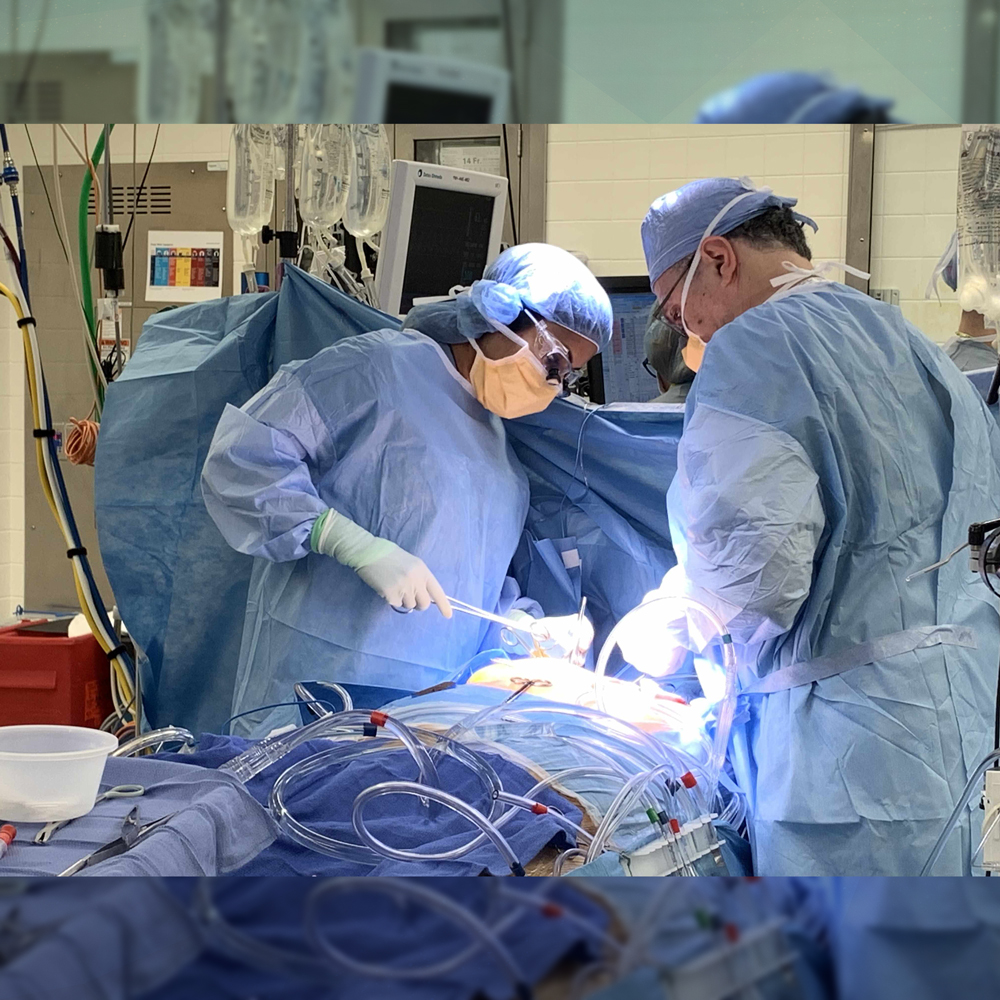
The field of cardiovascular engineering and medicine comes into play by combining engineering, biology, and medicine principles. Cardiovascular diseases (CVDs) remain one of the leading causes of mortality worldwide. According to the World Health Organization (WHO), approximately 17.9 million people die each year due to cardiovascular-related complications. Despite significant progress in treatment modalities, there is a pressing need for innovative approaches to prevent, diagnose, and treat these diseases.
Understanding Cardiovascular Engineering
Cardiovascular engineering involves the application of engineering principles and techniques to understand, diagnose, and treat cardiovascular diseases. It encompasses various areas, including biomedical imaging, computational modeling, biomaterials, and medical devices. By leveraging engineering approaches, researchers can gain insights into the complex mechanisms underlying cardiovascular diseases and develop novel strategies for intervention.
Biomaterials and Tissue Engineering
One of the critical areas within cardiovascular engineering is biomaterials and tissue engineering. Biomaterials are crucial in developing cardiovascular devices such as stents, heart valves, and vascular grafts. These materials must possess specific mechanical properties, biocompatibility, and degradation rates to function effectively within the cardiovascular system. Researchers are continually exploring innovative biomaterials, such as biodegradable polymers and tissue-engineered constructs, to improve the performance and longevity of cardiovascular implants.
Advancements in imaging techniques
Another critical aspect of cardiovascular engineering is biomedical imaging. Advanced imaging modalities, such as magnetic resonance imaging (MRI), computed tomography (CT), and intravascular ultrasound (IVUS), enable clinicians to visualize and assess the structure and function of the cardiovascular system non-invasively. These imaging techniques provide valuable diagnostic information, aiding in the early detection and treatment planning of cardiovascular diseases. Moreover, emerging technologies, such as 3D printing and virtual reality, are revolutionizing medical imaging by allowing for the creation of patient-specific models and simulations, enhancing preoperative planning and surgical outcomes.
Computational Modeling and Simulation
Computational modeling plays a pivotal role in cardiovascular engineering by providing insights into the biomechanical behavior of the heart and blood vessels. These models, based on fluid dynamics and structural mechanics principles, simulate blood flow patterns, tissue deformation, and device interactions within the cardiovascular system. By integrating patient-specific data obtained from imaging studies, computational models can aid in personalized disease progression and treatment response assessment. Furthermore, virtual simulations facilitate the design and optimization of cardiovascular devices, leading to improved efficacy and patient outcomes.
Innovations in Medical Devices
Cardiovascular engineering has witnessed remarkable advancements in developing medical devices to treat various cardiovascular conditions. From minimally invasive interventions to complex surgical procedures, these devices offer new treatment options for patients with heart disease. For instance, transcatheter aortic valve replacement (TAVR) has revolutionized the treatment of aortic stenosis by allowing for prosthetic valve implantation through a catheter-based approach, avoiding the need for open-heart surgery. Similarly, implantable cardiac devices, such as pacemakers and cardioverter-defibrillators (ICDs), have significantly improved the management of arrhythmias and heart failure, enhancing patient quality of life and longevity.
Personalized Medicine Approaches
One of the most promising trends in cardiovascular engineering is the shift toward personalized medicine approaches. By integrating data from genetic testing, biomarker analysis, and medical imaging, clinicians can tailor treatment strategies to patients’ unique characteristics and disease profiles. Personalized medicine can optimize therapeutic outcomes, minimize adverse effects, and improve patient compliance. Moreover, advances in artificial intelligence and machine learning algorithms enable the development of predictive models for risk stratification and treatment optimization, ushering in a new era of precision cardiovascular medicine.
Challenges and Future Directions
Despite the significant progress in cardiovascular engineering and medicine, several challenges remain. Limited access to healthcare resources, disparities in healthcare delivery, and the rising burden of cardiovascular diseases in low- and middle-income countries pose significant obstacles to global cardiovascular health. Additionally, the complex interplay between genetic, environmental, and lifestyle factors underscores the need for comprehensive, multi-disciplinary disease prevention and management approaches.
Looking ahead, the future of cardiovascular engineering and medicine holds tremendous promise. From developing novel biomaterials and medical devices to implementing personalized medicine approaches, researchers and clinicians are at the forefront of revolutionizing cardiovascular care. By fostering collaboration between engineers, scientists, and healthcare professionals, we can continue to drive innovation and improve outcomes for patients with cardiovascular diseases. Together, we can build a healthier future for generations to come.
Cardiovascular engineering and medicine represent a dynamic and rapidly evolving field with immense potential for addressing the global burden of cardiovascular diseases. Through interdisciplinary collaboration and innovative technologies, researchers and clinicians are transforming how we understand, diagnose, and treat heart conditions. From biomaterials and imaging techniques to computational modeling and personalized medicine approaches, the advancements in cardiovascular engineering are paving the way for a healthier future. As we continue to push the boundaries of scientific discovery and technological innovation, we move closer to achieving our goal of conquering cardiovascular diseases and improving the lives of millions worldwide.